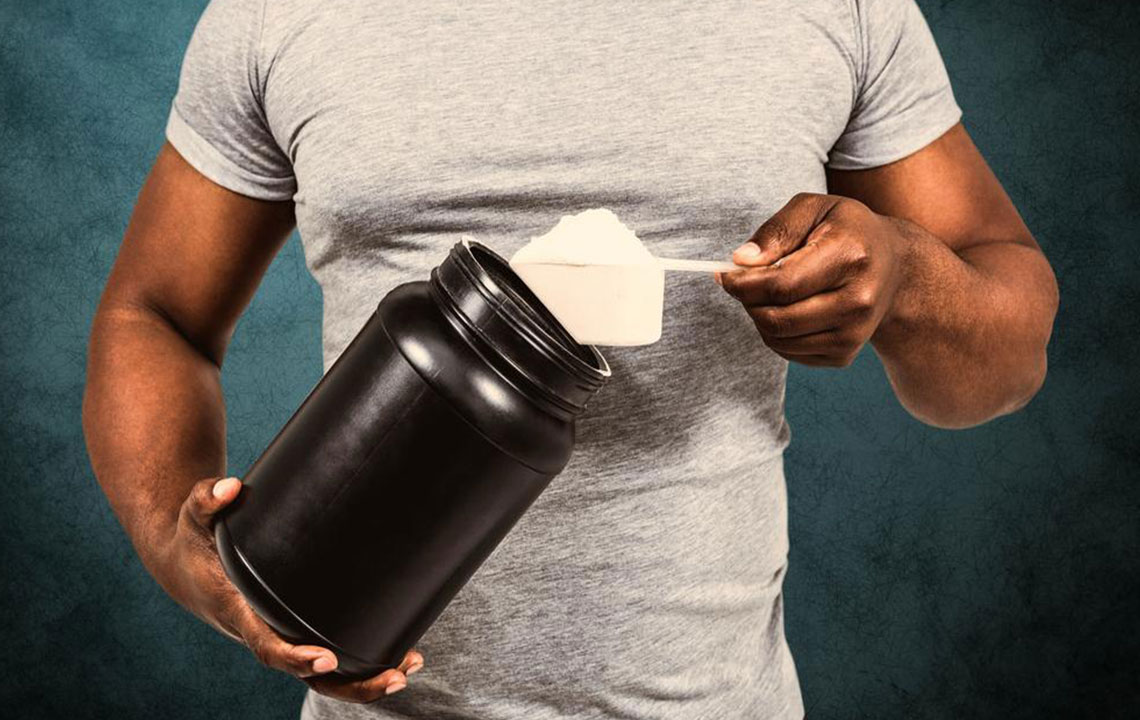FAQs of Protein Powder

If you are like most, then you are in college or stuck at a 9-5 and simply can’t concentrate on your diet to incorporate enough proteins into it. Buying food from outside to meet your daily protein requirements isn’t a practical solution, and you aren’t in the position to start cooking your own food. If you belong to that category of people, protein powder is the thing for you. You can avail all the necessary proteins for bodybuilding using a drink or shake. However, it is important you choose the best protein powder on the market. Read on to know why:
What is the role that proteins play in muscle formation?
Proteins are composed of amino acids which are responsible for several processes including building, repairing and even maintaining your muscle tissues. Proteins contain high levels of Oxygen, Hydrogen, and Carbon and most important Nitrogen. Like how nitrogen (or nitrous) can speed up cars in a drag race, nitrogen plays a similar role when it comes to muscle formation as well. When you’re having sufficient amounts of protein, you have an ideal nitrogen balance (also referred to as a positive balance). This puts your body in the anabolic state (which is optimal for building muscles). On the other hand, insufficient consumption of proteins results in a negative or an unideal nitrogen balance. This is the birth of the catabolic state. In this case, your body gains energy right from your muscles. It’s analogous to self-destruction; all that effort you put at the gym, all those times you choose to lift a dumbbell over your Xbox controller, will go in vain. In addition to all those vital functions that proteins are responsible for, muscle repair is another critical operation that is slowed down in the presence of a low protein content. This leads to overworking your muscles which is the gateway to injuries and weeks of sitting on the sidelines (if you happen to be an athlete).
Why choose protein drink over solid food?
It is possible to some extent to gain all the proteins you need from solid food, but this is when another crucial factor comes into play, it’s the factor of absorption. You may do all your research and conclude that having fish and soy protein will fulfill your protein needs. They do supply the proteins you need, but only on paper. Research shows that soy protein has an absorption rate of 61% while fish has got a rate of 80%. But, on the other hand, whey protein (an active ingredient in protein powders) has got a perfect score when it comes to absorption. That means all the protein you consume, is broken down super quick and digested fast.
How to choose your drink?
So, there’s a term called BV or Biological Value which refers to the amount of nitrogen that can be replaced by 100 grams of proteins (introduced into your diet). Now higher this value means a higher digestion rate and a faster disintegration rate which translates to quicker results. Whey protein boasts a very high BV value of 104. This is one of the reasons to check and purchase a pure 100% whey protein powder, as this is the most efficient way to gain proteins quickly and to get ripped (if you hit the gym regularly). BV isn’t the only criteria when it comes to choosing your protein powder, there are several other factors, but BV is one important element to consider.
How many scoops?
Well, it’s a matter of how much protein you must take. It is advised that you ingest 1 gram of protein for every pound of your body mass. That means if you weigh 150 pounds, you should incorporate 150 grams of proteins into your diet. As you increase the amount of protein consumption, make sure to increase your calcium and magnesium consumption as well, as these nutrients get depleted when the proteins kick in.
Best time to have your drink
The best time to drink your protein shake is right after your workout. This enables the proteins to start working on the “micro tears” (super small tears in your muscle as a result of your exercise). Since protein shakes take only about 30 minutes to reach your muscles after ingestion, it makes sense having your drink immediately after your workout.
Protein powders are a quick way to meet all the demands of protein that your body poses. Choosing a powder with a high whey content is very important. Calculating how much to have each day and having your drink at the right time are equally important to initiate super-fast healing of your muscles and rock your way to a ripped body real soon. When buying a commercially, make sure to conduct enough research on the brand and also do not forget to read reviews, to ensure that you are investing in the best protein powder.


